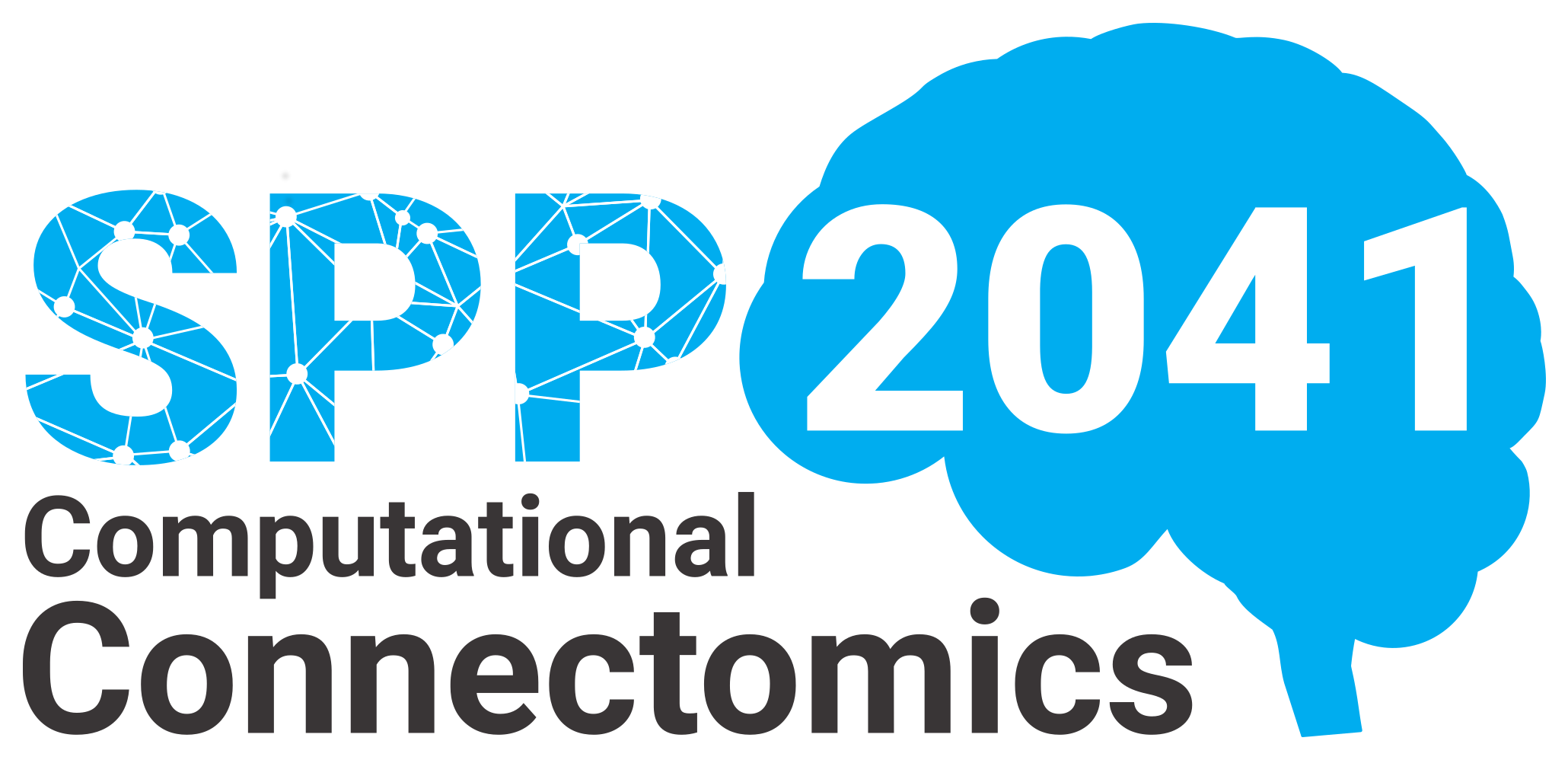Connectome based modelling to reveal multi-scale mechanisms in stroke
Our central idea is to inform brain network models with personalized connectivity diagrams of stroke patients in order to enhance our understanding of pathomechanisms causing acute and non-recoverable deficits and to identify targets for novel therapeutic interventions. Stroke is a devastating medical condition with high socioeconomic burden. Current treatment and rehabilitation strategies have improved but do not account sufficiently for individual disease patterns. This may partly explain that current treatment results are not satisfactory. Advanced neuroimaging provides the necessary new technology to create personalized disease assessment. It can provide grounds for improved treatment and personalized rehabilitation. We aim at applying and refining an open-source analysis and brain network-modelling framework that creates whole-brain simulations from multimodal brain imaging data for individualized clinical use in stroke patients. The technological resource, called The Virtual Brain (TVB), has been developed on a community standard platform, allowing usability and flexibility for implementation across multiple sites. In the current project, TVB will be applied in an interdisciplinary transregional effort to an existing large longitudinal cohort of stroke patients. We will adjust the biophysical brain model to optimally represent altered brain connectivity and function in the process of re-learning and developing lost motor skills during recovery from an acquired focal damage to the brain. The use of TVB in the setting of stroke shall ultimately result in a clinically relevant application enabling to simulate individual patient brains before and after interventions. This will allow for selection of individually tailored therapies and will better predict trajectories of recovery. We will achieve this goal by identifying most generic brain models and mechanisms below the spatial and temporal resolution of non-invasive imaging, i.e., micro-scale processes which can be inferred from the TVB model. Objectives. We aim at providing proof of concept that TVB is useful to identify micro-scale (i.e., cellular) processes in stroke that are predictive of therapy success on an individual level. Our specific goals are to 1) virtualize the brains of individual patients with stroke at the acute and chronic stages of the disease and reveal altered biophysical parameters; 2) identify candidate biomarkers of the recovery potential based on biophysical parameters; 3) validate the neurophysiological interpretation of the inferred markers through targeted probing of hub and edge properties, like directed inhibition or facilitation, by double-pulse transcranial magnetic stimulation; 4) create an interactive data sharing tool with standardized processing pipelines allowing to pool data across centres and increase the power of clinical stroke studies that apply TVB. Impact. The novelty of the project is to understand stroke as a brain disorder from the perspective of disruption of information processing architectures that goes beyond the conventional morphological or neurophysiological approaches, i.e., towards micro-scale processes inferred from modelling. Whole-brain simulations could in the future provide an opportunity to benchmark and monitor interventions in stroke on a functional and individual patient level. This approach has the potential to support the development of new treatment approaches in stroke and improve prediction of recovery.
Principal Investigators
Professor Dr. Christian Gerloff
Universitätsklinikum Hamburg-Eppendorf
Neurozentrum
Klinik und Poliklinik für Neurologie
Privatdozentin Dr. Petra Ritter
Charité – Universitätsmedizin Berlin
Campus Charité Mitte
Klinik für Neurologie
